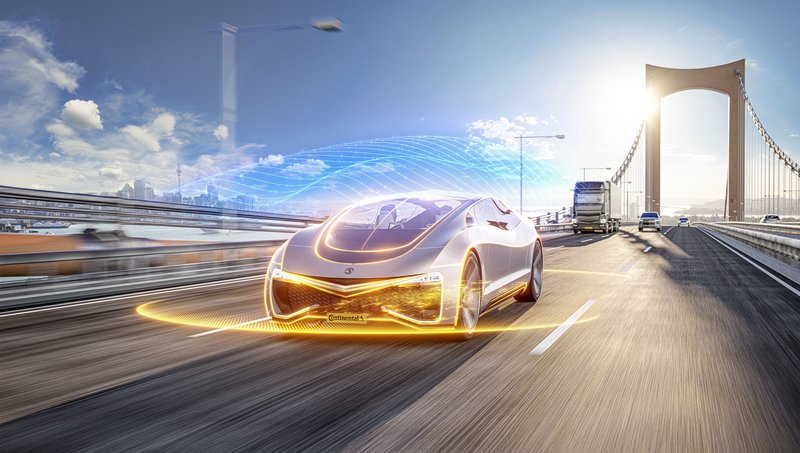Trust in Technology
15+ years ago, vehicles on the road looked extraordinarily different than they do today. Kiran, Senior Software Engineer, recalled the first car he drove, a manual transmission Tata-Indigo.
He said many drivers like himself started driving with vehicles that didn’t have a lot of technology. “A lot has transformed since the early 2000’s, from assisted driving features, to brake technologies, increased efficiency, and user experience.”
For Kiran, the transformation of mobility through Advanced Driver Assistance Systems (ADAS) technology has made a big impact on his life. “While changing lanes, my Blind Spot Detection (BSD) system was warning me about a vehicle on the right, but I didn’t see anything. While at first, I felt it could be a malfunction of the system, I kept my trust in the technology and stopped the lane change. I then realized there was a bike rider in my blind spot. I’m thankful the ADAS system prevented a disaster.”
BSD systems warn drivers with an audio or visual warning if there are vehicles or vulnerable road users in adjacent lanes that the driver may not see. The alert helps facilitate safer lane changes.
According to a new report released by the AAA Foundation for Traffic Safety, ADAS technology could prevent approximately 37 million crashes, 14 million injuries, and nearly 250,000 deaths over the next 30 years.
“Every life on the road matters. We have a lot of technologies in and around our vehicles that can help in challenging driving situations to reduce crashes. We should also always remember, it’s our individual responsibility to ensure safer driving.”


